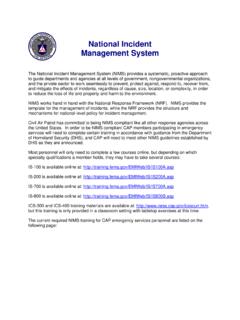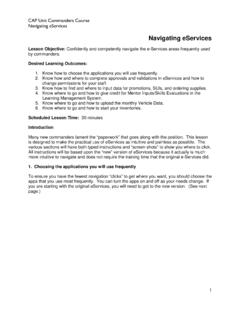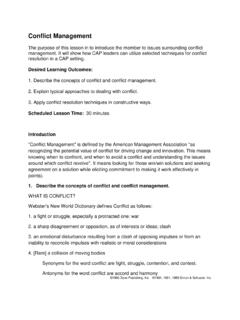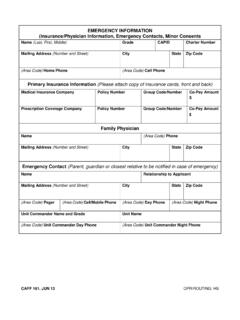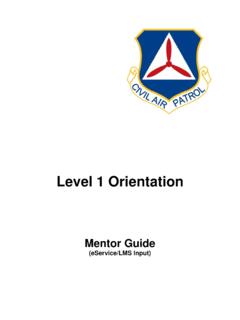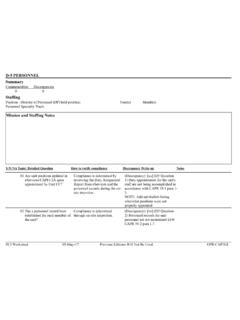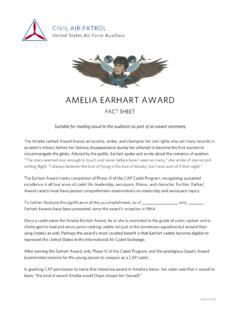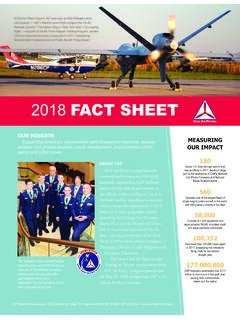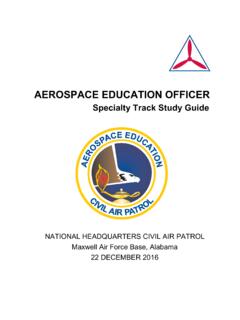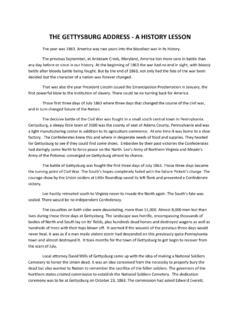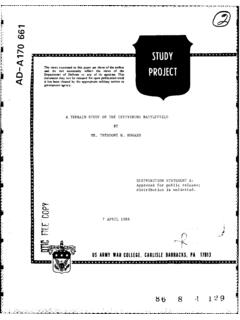Transcription of TeachWithMovies.com MOVIE LEARNING GUIDE 1. …
1 30 MOVIE LEARNING GUIDE 1. gettysburg Connection to the Curriculum: Leadership traits (problem solving, communication, teamwork) Subjects: & Pennsylvania Social-Emotional LEARNING : courage in war; leadership Ethical Emphasis: trustworthiness; citizenship. Age: 10+; Rated PG for language and epic battle scenes; Drama; 1993; 261 minutes; Color; Available from Selected Awards: None. Featured Actors: Tom Berenger, Martin Sheen, Stephen Lang, Richard Jordan, Andrew Prine, Cooper Huckabee, Patrick Gorman.
2 Director: Ronald F. Maxwell. INTRODUCTION Description: The Union victory at gettysburg is considered by many historians to be the turning point of the Civil War. This film is a re-creation of the battle. The MOVIE makers attempted to portray events as they actually occurred. The film is based on the historical novel, The Killer Angels, by Michael Shaara. Benefits of the MOVIE : Almost everything in this film conforms to the historical record, including Colonel Chamberlain's bayonet charge, Longstreet's objections to Lee's tactics, Lee's statement accepting blame for the defeat, etc.
3 Good readers ages thirteen and up should be encouraged to read books on this important battle or the historical novel, The Killer Angels, before or after they see this film. Possible Problems: Minor. There is some profanity in the MOVIE . The worst problem is that some of the beards look fake. How to Use " gettysburg " in a Classroom Setting: This MOVIE is four hours and twenty minutes long! Teachers can show short excerpts, for example: Chamberlain's speech to the mutinous soldiers, Buford's waking nightmare of how the battle could go badly, the scene at the campfire of the Southern officers and the English observer, the 20th Maine's defense of the Union's left flank, the charge of Pickett's division, the meeting with the runaway slave, etc.
4 In the alternative, the entire MOVIE can be shown in chunks through the course of the unit devoted to study of the Civil War. After each chunk there can be a lecture and discussion or 31 assignments such as essays, research projects, or journal entries. " gettysburg " is particularly appropriate to chunk because of its length and because: (1) it refers to so many subjects which are important to a study of this period in history; (2) the music is so powerful that it will pull the students right back into the film when you start it again after the lapse of a few days; and (3) the shifts back and forth between the Confederate and Union sides are very clear.
5 If you are only going to use a few excerpts from the MOVIE be sure to include Chamberlain's speech to the mutinous soldiers of the Second Main Regiment. Almost every sentence can be the basis for essays, research or class discussion. Here are some suggested activities based on this speech: "There were a thousand of us then. There are less than 300 of us now." HELPFUL BACKGROUND It was the summer of 1863. The South's Army of Northern Virginia had been largely victorious. But the Confederacy was having increasing difficulties supplying its troops with food, clothing, guns and ammunition.
6 The Union Army continued to grow in strength and its advantage in men and materiel continued to improve. The rebel commander, Robert E. Lee, believed that he had two choices: either to retire to Richmond, the capital of the Confederacy, and try to withstand a siege, a tactic that he knew would ultimately be unsuccessful, or to invade Pennsylvania. Lee chose invasion hoping that a brilliant victory in the North would force the Union to the bargaining table or encourage England to enter the war on the side of the South.
7 At least he would be able to feed his troops from the rich Pennsylvania countryside. The pressure in Pennsylvania might cause the federal government to pull troops away from Vicksburg, which was then under siege by General Grant. (It did not.) By bringing the summer's campaign into the North, Lee would give some respite to the war ravaged Virginia countryside and disrupt the Union Army's plans to again march on Richmond. At gettysburg , the Union fielded 83,300 men and sustained 23,000 casualties. The Confederacy fielded 75,100 men and sustained 28,100 casualties.
8 The Federal Army of the Potomac entered the battle under a new and untested commander, General George Gordon Meade. Some historians disagree with the view that the Battle of gettysburg was the "The High Water Mark of the Confederacy." They point out that Lee left the field with his army intact and that the South was able to sustain the fight for another 21 months. In any case, combined with Grant's capture of Vicksburg later that month, gettysburg gave the Union hope of victory. As the film makes clear, Lee made a terrible mistake in having Pickett's division charge uphill into entrenched Union lines.
9 32 The film gives the impression that Union soldiers fought primarily to free the slaves. While this was true for many, especially soldiers from the New England states, the majority of Union soldiers would not have risked their lives to eradicate slavery. They were fighting to keep their country together. This was not simply patriotism. If states could secede from the Union, the country would eventually dissolve into several competing small countries. The dissolution of the United States would have shown that democracies could not hold together and were not stable.
10 The cause of democracy in America and in the world would have been set back hundreds of years. It was to prevent this process of division that the North went to war. (As blacks were permitted to enlist in the Union Army and died fighting for the Union, and as the North and President Lincoln searched for a rationale for the horrific loss of life caused by the war, the abolition of slavery came to be more and more important.) The gettysburg Address was given by President Lincoln on November 19, 1863, at the dedication of the gettysburg National Cemetery.
